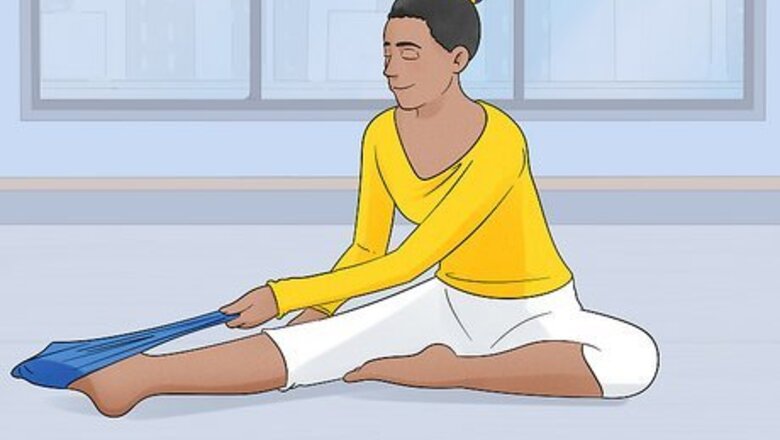
views
Stretching to Warm Up
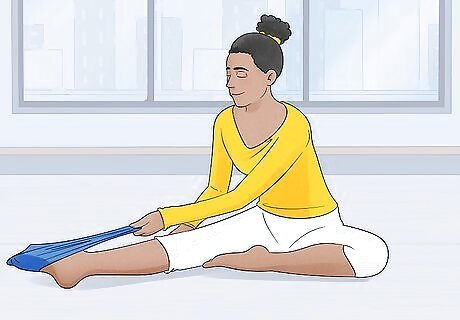
Strengthen your ankles and legs with an exercise band. Sit on the floor with your legs straight out in front of you, and wrap the therapy band around one of your feet. Hold the ends of the band in each hand, and point your toes while keeping tension in the band to create resistance. Flex your foot so your toes are pointing at the ceiling, and your calf is being stretched. Don’t stretch either of your feet if they’re injured, because you may make the injury worse.
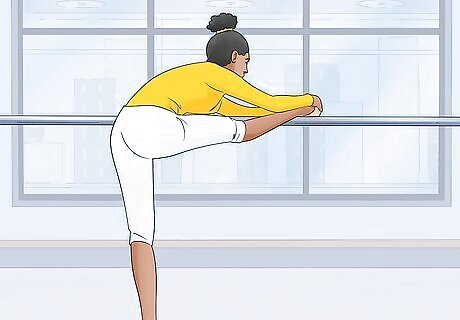
Stretch your legs at the ballet barre. Standing on one leg, lift the other leg and rest your ankle on the barre. Relax over the stretched leg, and keep your hips square over your standing leg. It’s important to keep your hips square in the direction you’re stretching, because many ballet positions require you to keep your hips stable. Remember to breath deeply while you stretch, because it relaxes your body for better flexibility. Stretch on a bar that’s a good height for your level of flexibility.
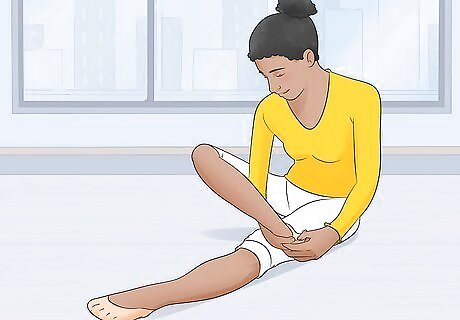
Pull your feet back to stretch the top muscles. Sitting on the floor, extend one leg with the other crossed over the thigh. Push one hand into your heel, but relax the Achilles tendon as you do so. Then, pull your toes downward until your foot arches and you feel the stretch at the top of your foot. Don’t pull too hard, or you may get a cramp in your foot. Sit and stretch one leg or both the legs and stretch to the sides or do the quad stretches. To exercise the joints and muscles, you can bend your knees to the sides keeping your feet together.
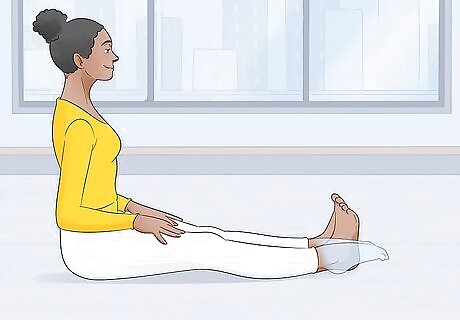
Sit with your legs extended to do ankle circles. Sit on the floor with your legs straight out in front of you and your toes pointing at the ceiling. Move your feet in circles to give your ankles a full range of motion. Repeat this 10 times in both directions.
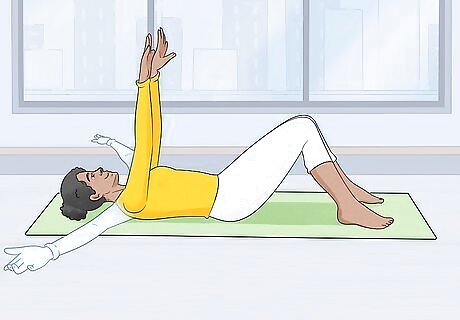
Rotate your shoulders by doing arm circles. Lie flat on your back with your arms out on either side like a scarecrow. Your entire ribcage should be touching the mat. Start moving your arms in circles so that your fingers point at the ceiling. To get the full benefit of this movement, repeat 5 to 8 times moving your arms in both directions.
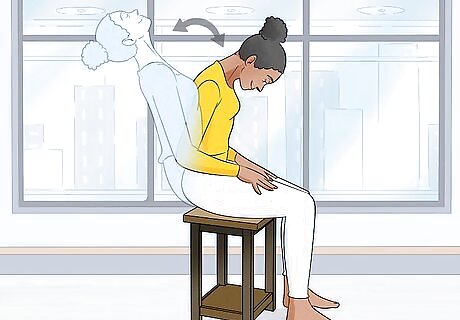
Stretch your back with spinal flexion and extension. Sit on a chair at the edge of the seat. Bend your head toward your knees to flex your back muscles. Reverse this movement to extend your spine, so your head should be pointing to the ceiling. Repeat this 5 times to fully stretch your back muscles.
Getting into Position
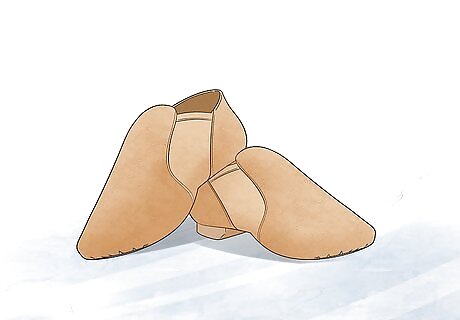
Get some Jazz shoes, preferably split sole for flexibility. Split sole allows more flexibility than full sole shoes. These are similar to ballet shoes, and they allow you to bend your feet when you do a pirouette. Half soles or turning shoes also work well for pirouettes. Practice with socks or dance shoes so it will be easier to turn. Turning barefoot can hurt if you haven't built up calluses, and it's very difficult. Make sure to turn on a flat surface.
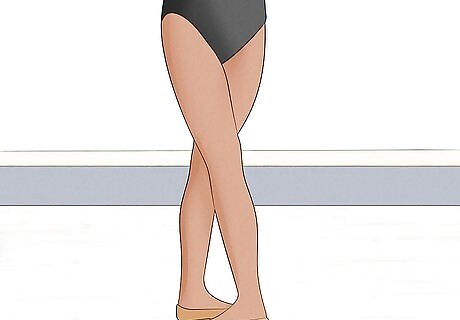
Place your legs in fourth position to prepare the stance. To get in fourth position, your legs need to be parallel with your feet. So both legs need to be turned out equally with toes pointing away from the body. One leg should the placed in front of the other with feet no more than 1.5 feet (0.46 m) apart. Point one arm out in front of you, and the other to the side, so they’re in an “L” shape. The front heel should be down while the back heel is popped up ready to be used for lift.
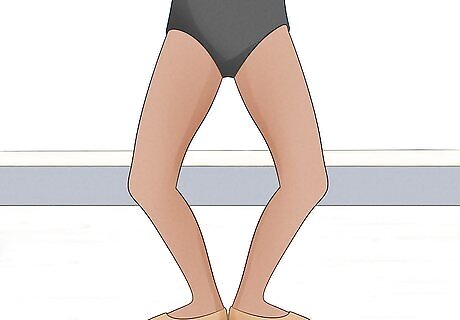
Do a demi plie in fourth position. With your legs still in fourth position, bend your knee caps so they are pointing outwards. Keep your heels on the floor at the same time. Bend your knees as far as they will go without sticking your rear out and without lifting your knees. Don’t lift your heels off the floor during a demi plie, because you need to push off your heels for pirouettes and jumps.
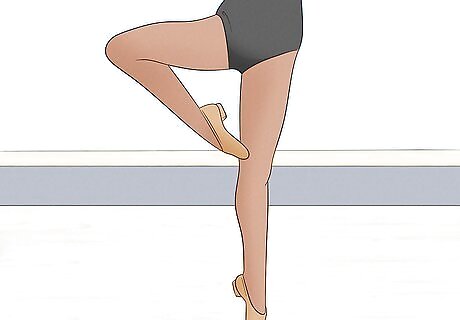
Move your back leg to passé. Push off your back foot and place your leg so that your knee is facing forward while it’s turned in. Your toes should be right above the knee on the opposite leg. Your supporting leg should be turned outward to support the passé. You’ll know your knee is too high if it goes above the hip. You can also look at the angle of the quad muscle to see if it is parallel to the ground. In a good passé, the quad should be parallel to the floor.
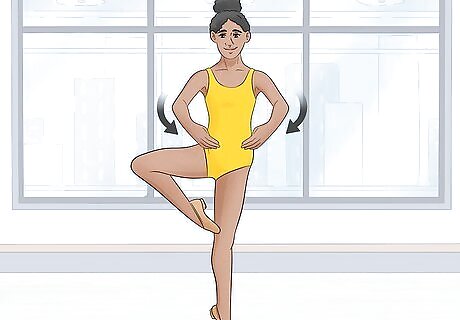
Move your arms into first position. While in passé, put your arms in first position by bending them so you look as though you’re cradling a ball against your ribs. Finger tips should almost be touching when your arms are in first position, and your hands should be level with your ribcage. Palms should be facing your body.
Executing the Pirouette
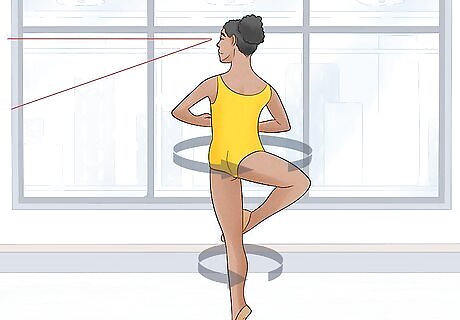
Stare at a focal point to stay balanced. This is called spotting. You can spot by looking at something on the wall, someone in the audience, or your reflection in the mirror. When you start the spin, you’re going to look at that spot, and then look at it again when you end the pirouette. Spotting is extremely important; if you don't do it, you will most likely fall. Your head and neck will stay aligned better if you keep your chin parallel with the floor.
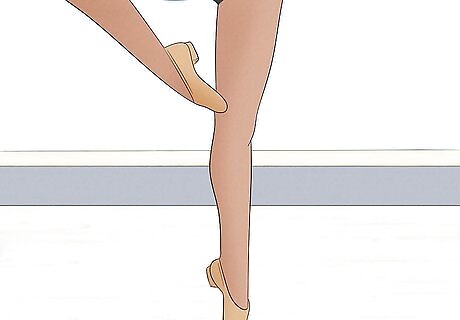
Point the toes of the foot in passé to keep the center of your body balanced. The toes should be above the opposite knee, and they should be flexed so that your foot is arching. Your supporting leg should be straight. Be mindful to keep your ankles straight, and don’t slouch them.
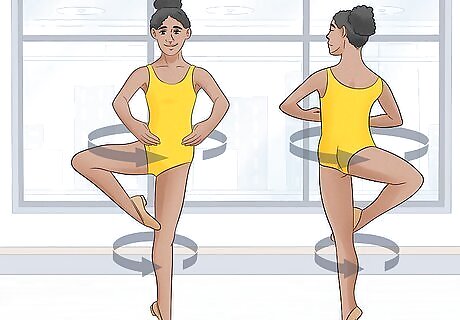
Bring the left side of your body around to perform the turn. This should be done from passé. Move your body upward, as though a string is pulling you up straighter. Keep your abdomen tight as you turn, so you stay balanced. During your pirouette, don’t whip your arms around. Instead, focus on your whole body making the turn. Initiating a spin can be easily accomplished by pushing in the direction of the foot, provided you are balanced. Practice balancing in a mirror until you feel confident you can balance during a turn.
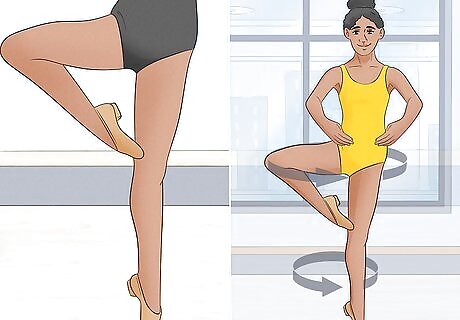
Slow your speed gently, and gracefully land in the starting position. Hold your arms in first position, stand in passé, and balance for a split second facing the front before you land completely. When you finish the pirouette, land back in fourth position.




















Comments
0 comment